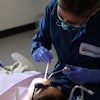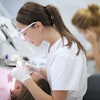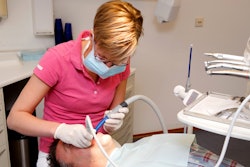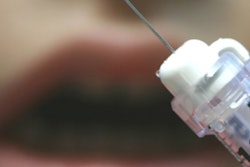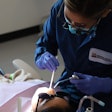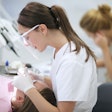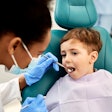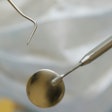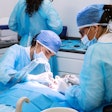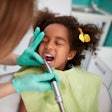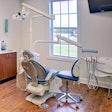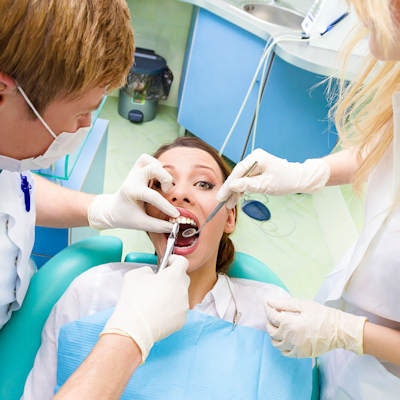
In an online survey, dental hygienists from 26 countries shared their thoughts on their scope of practice. Researchers summarized their competencies and legal position regarding local anesthesia and caries treatment in a report that was published on October 17 in the International Dental Journal.
Researchers constructed an online questionnaire and distributed it to all hygienist associations that are members of the International Federation of Dental Hygienists and the European Dental Hygienists Federation (EDHF). In total, data were collected from 26 countries worldwide. An analysis was performed to summarize the data.
"The main influencing factor appears to be the local health care organisation and available workforce in oral health," wrote the study authors, led by Meryam Bozia of the University of Amsterdam.
While the International Standard Classification of Occupations (ISCO) classifies the dental hygiene profession as a unique group, the EDHF places hygienists within a subgroup of dental assistants and therapists. The distinction leads to discrepancies in tasks performed by hygienists.
The EDHF recently defined the primary tasks of hygienists as confined to educational and promotional activities relating to preventive oral health. However, according to the ISCO regulation, tasks for hygienists include preparing cavities and placing fillings. The EDHF has stated that several European Union member countries would consider these tasks outside the scope of dental hygienist professionals.
"The literature has stated that restorative caries treatment should not be part of the [dental hygiene] focus, partially explaining the lack of research on this topic," wrote the study's authors.
Although the definitions are important, there are questions about the actual practice impact. A study in Denmark reported that invasive caries treatment was the task most frequently delegated by dentists to dental hygienists. Another study in Italy reported that 3% of patients have reported being treated by a dental hygienist for caries, whereas this is considered an unauthorized practice of dentistry and is punishable under the Italian Penal Code.
In other countries, the regulations for hygienists vary by state, province, or canton. This is the case in the U.S., Switzerland, Australia, Canada, and the U.K.
"Hence, the requirements vary by state within one country, and variations between countries are also to be expected," explained the authors.
In the U.S., most states allow hygienists to administer local anesthetic injections. While general or indirect supervision is permitted in a few U.S. states, in most states, anesthetic injections must be done under the direct supervision of a dentist, meaning the dentist is present in the clinic.
"This requirement implies that the dentist responsible for the procedure must be present in the clinic and personally diagnose the patient to be treated in person," wrote the study authors.
Those who argue against the more independent practice of dental hygienists often say their concerns stem from patient safety and efficiency. However, little research substantiates these objections, according to the authors.
"It appears that the underlying factors against independence relate to financial reasons, opinions about competence level, final responsibility, and other sources from the domain of discussion between [dental hygienists] and dentists," Bozia and colleagues concluded.

